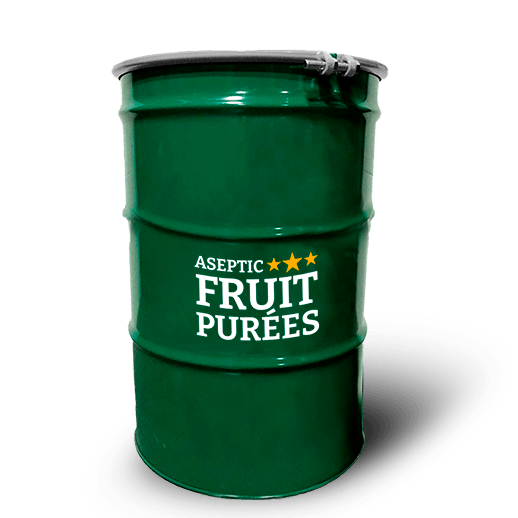After fermenting a batch of beer, the yeast falls asleep to the bottom having no more food sources to consume. This yeast can be reused in subsequent batches as long as it remains healthy.
Yeast propagation in starters
First of all, yeast is an organism that likes to reproduce and survive in temperatures higher than fermentation temperatures. Therefore, when we make starters to propagate the yeast before using it in beer, it is convenient to ferment in the upper range of the fermentation temperature, usually around 20-25ºC, to encourage its reproduction. Once propagated, the fermented wort must be decanted before the yeast is inoculated as this wort usually does not taste very good.
Watching the yeast
When yeast is sourced from a previous batch, especially when it has been dry-hopped or there is a lot of sediment from other ingredients with the yeast sitting at the bottom of the fermenter, it is recommended to separate the yeast from this waste before using it in another batch.This process consists of pouring the sediment with yeast into a disinfectant container with previously boiled water at room temperature, and waiting for the heaviest elements to settle to the bottom in order to pour the cloudy water with yeast in suspension into another disinfected container.This process is usually repeated until the yeast in suspension has been separated from any sediment at the bottom. This mixture is then stored in the fridge and the yeast ends up settling at the bottom of the container.
Yeast storage
Yeast laboratories have special equipment to keep the yeast stem cells they offer frozen, and then propagate them for marketing. Once propagated, these yeasts should be stored in the refrigerator and used in the shortest possible time, as they lose viability over time. That is why it is always advisable to make a starter to propagate them before inoculation and to guarantee an appropriate number of cells for optimal fermentation.
It is recommended to keep the yeast stored in the fridge for up to a month, as over time there is more risk of contamination and little viability. It is also advisable to get the top of the stored yeast "cake" - as it is usually the youngest - and spread it out before use.
Conclusion
Yeast reuse is a relatively simple process in which we get the most out of these living organisms rather than wasting them in every batch. We also save money as some yeast packets are expensive and hard to come by.
Reference: https://www.cerveza-artesanal.co/buenas-practicas-para-la-reutilizacion-de-levadura/#more-2406






